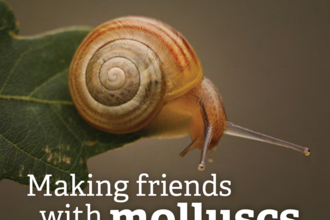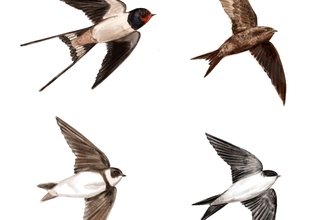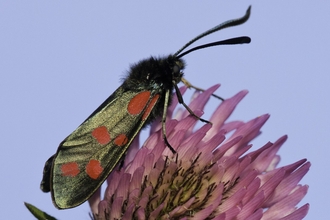Shropshire’s swifts arrive much later, the first ones usually spotted around 5th May. They arrive in waves, the mature breeders first, followed by the second and third year birds, building to peak numbers by the end of June. Swifts don’t generally raise young until they are four years old but the younger birds still make the journey from Africa in order to secure a nest site and find a mate.
Since leaving the UK the previous summer, the birds will have flown around 14,000 miles, virtually without cease. Very occasionally, bad weather can cause some to roost on a building for a short while but most will have been on the wing over the entire period. The details of their amazing journey were revealed in 2010 by the British Trust for Ornithology, when they fixed tracking devices to nine birds. These swifts spent months feeding over the Congo rainforests, then flew south-west in December to Mozambique for a month or so, before swinging back to the Congo basin for another couple of months. In mid-April as the breeding instinct stirs, they head north once again.
They join us in the UK for just three months to raise a single brood of two or three chicks. The average hatching date of mid-June provides the parent birds with long daylight hours to catch the aerial insects needed to feed their young. Up to a thousand flies, aphids and spiders are snapped up and glued together with saliva into a ball at the back of the swift’s throat before being delivered. The food ball is shared between the nestlings when they first hatch but swallowed whole by a single bird as they grow.
Meanwhile, the non-breeders are performing their top-speed circuits over the rooftops, screaming as they go. These birds can achieve speeds of 69.3 mph, the fastest birds in level flight in the UK. They also spend time looking for holes in our houses and other buildings, sometimes brushing a wing against the wall, checking to see if a cavity is already occupied. And when they find one, they start collecting nest materials – feathers, tree seeds, wisps of grass – whatever they can find that’s blown into the air.
Swifts are very site-faithful, returning to the same hole every year. Unfortunately, renovation works often lead to the closure of these spaces, while modern building materials, such as plastic sofits, do not weather and crack as wooden ones do. It is best to retain existing nesting holes where possible but putting up nest boxes is also very valuable. It can take time to attract swifts but playing attraction calls can speed up occupancy.
It's also vital that we do what we can to increase insect abundance. Wildlife-friendly gardening is a good place to start but campaigns such as the Wildlife Trusts’ 30 x 30 nature recovery plan would bring significant change. The common swifts joined the UK’s ever-growing red list last December, and we need to do everything we can to keep these thrilling birds in our skies, in our lives.
Swifts and Us, The Life of the Bird That Sleeps in the Sky by Sarah Gibson is published by Harper Collins.




